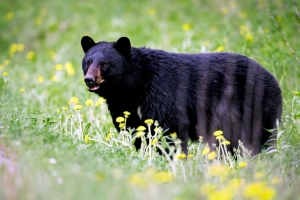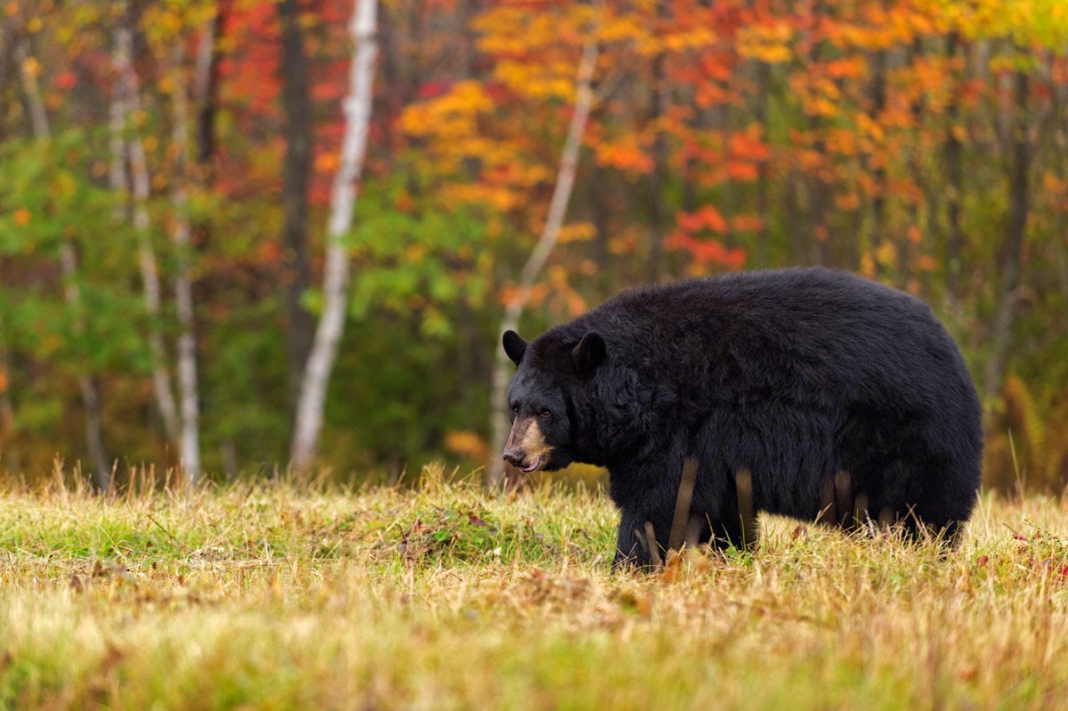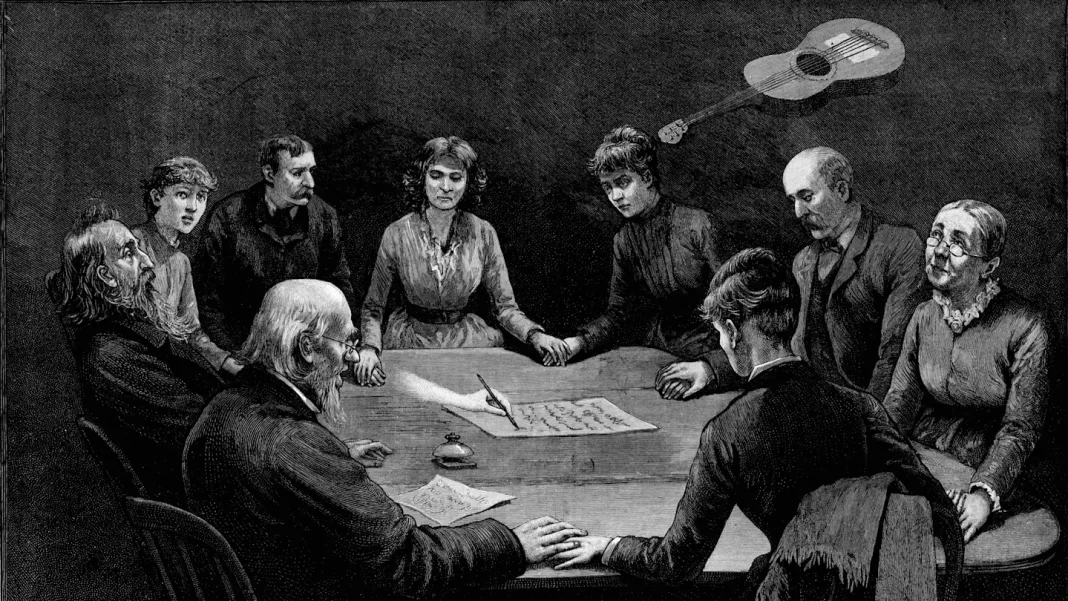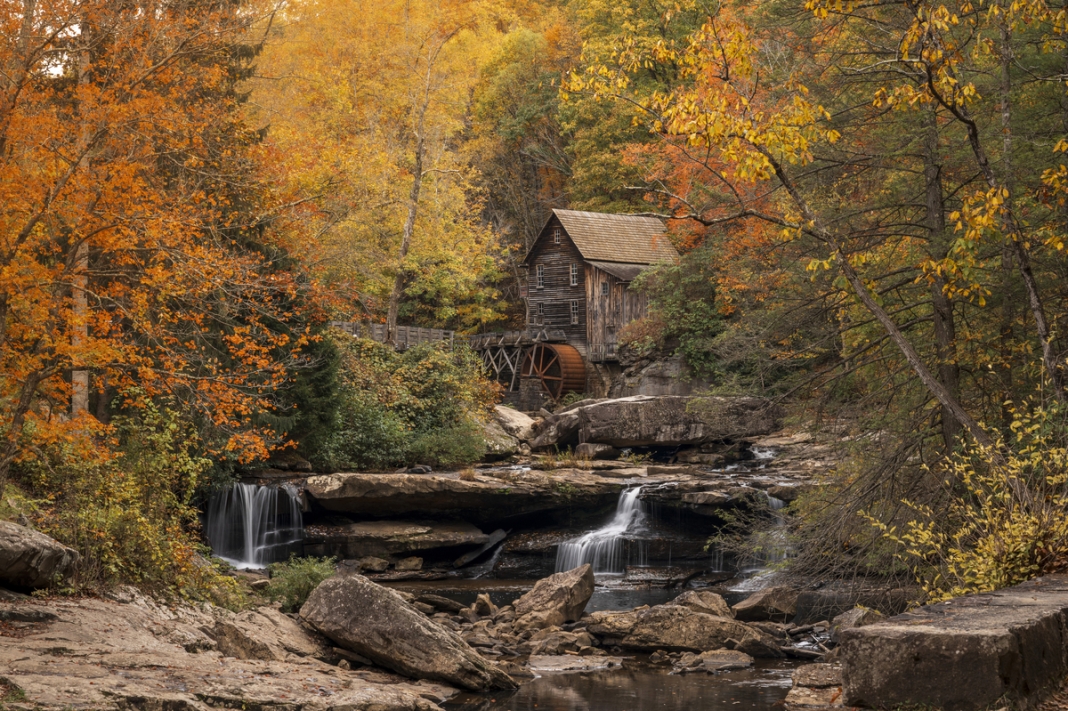CHARLESTON, W.Va. — An early bear firearms season will open August 30, 2025, in Logan, McDowell, Mingo, and Wyoming counties in south-western West Virginia, according to the director of the W.Va. Division of Natural Resources.
Early bear firearms season benefits busy hunters
Division Director Brett McMillion is reminding hunters that the early bear firearms season is especially convenient for busy hunters.
“These early bear seasons give hunters an excellent opportunity to get out ahead of the busy fall schedule,” McMillion said. “With bears still active across their full range, hunters have a better opportunity for success while also helping us keep populations in balance.”
Preparing for the Early Bear Firearms Season
Counties that are open for early hunting for black bear are above their management objective, and additional bears need to be harvested to meet their goal, he said.
Hunters are encouraged to prepare for the unique season by purchasing their license and stamps at an authorized license agent or online at WVHunt.com.
Hunters in the August season are likely to find bears feeding near black cherry stands or in areas with abundant autumn olive. The next season, which is open in select counties on Sept. 20-26, often coincides with the peak of acorn drop, when bears feed heavily in oak stands if oak mast is available.
Bear Tooth and Reproductive Sample Collection Required
Hunters who harvest a bear are required to submit a premolar tooth from each bear. Those who harvest a female black bear are also encouraged to save the reproductive tract or all the entrails and submit them to the division for a chance to receive a $20 gift card. Data collected from tooth samples and reproductive tracts help biologists monitor the state’s black bear population.
Bear tooth envelopes are available at division district offices and the Elkins Operation Center in Elkins, West Virginia. Hunters who save reproductive tracts or entrails should keep them cool or frozen and contact their nearest district office to arrange pickup.
Regulations, Licensing for Early Bear Firearms Season
Resident hunters are reminded that they must purchase a bear damage stamp along with their hunting license. Nonresidents must purchase both a bear hunting license and a bear damage stamp. For more details on bear hunting regulations, see pages 37-42 in the Hunting and Trapping Regulations Summary, available at WVDNR.gov/hunting-regulations.
About Black Bear Hunting in West Virginia

West Virginia has one of the most robust black bear populations in the eastern United States, making it a prime destination for hunters. With thriving bear numbers spread across nearly every county, regulated hunting has become both a popular outdoor pursuit and an important wildlife management tool.
Growing Black Bear Population
The state’s black bear population has steadily increased over the last few decades due to improved habitat, careful management, and reduced poaching.
Today, biologists estimate that tens of thousands of bears roam the state’s rugged mountains and forests. This growth has expanded hunting opportunities and created more seasons to help balance populations with available habitat.
Bear Hunting Seasons and Methods
West Virginia offers several black bear hunting seasons each year, including archery, crossbow, and firearms opportunities. A traditional December firearms season covers many counties, but additional early firearms seasons are often scheduled in areas where bear populations exceed management goals.
These early seasons, including early bear firearms season, give hunters more flexibility and increase the chances of harvesting bears before the busy fall hunting season.
Hunters may encounter bears in oak stands during acorn drops, in cherry thickets, or near autumn olive patches. Success often depends on understanding seasonal food sources and scouting areas with recent bear activity.
Licensing and Regulations
Resident hunters must purchase a regular hunting license along with a bear damage stamp, while nonresidents are required to obtain both a bear hunting license and a damage stamp. Regulations can vary by county, so hunters are encouraged to consult the annual Hunting and Trapping Regulations Summary available at WVDNR.gov.
Hunters who harvest a bear are required to submit a premolar tooth for age analysis, and those who harvest a female are encouraged to provide reproductive samples. These biological collections are vital for biologists to monitor bear populations and guide future management decisions.
Role of Hunting in Wildlife Management
Hunting plays a central role in controlling bear populations in West Virginia and the spread of diseases such as mange.
Without regulated harvests, bear numbers could exceed the carrying capacity of the land, leading to increased human-bear conflicts, such as motor-vehicle collisions, and reduced food availability for wildlife. By participating in hunting seasons, sportsmen and women help maintain a healthy balance while continuing a long-standing Appalachian tradition.
From the Allegheny Highlands to the state's southern coalfields, black bear hunting is deeply rooted in West Virginia’s culture. Each season brings hunters together to enjoy the state’s rugged landscapes while contributing to conservation and wildlife management.
For more details on bear hunting and early bear firearms season, see pages 37-42 in the Hunting and Trapping Regulations Summary, available at WVDNR.gov/hunting-regulations.
Sign up to receive a FREE copy of West Virginia Explorer Magazine in your email weekly. Sign me up!


